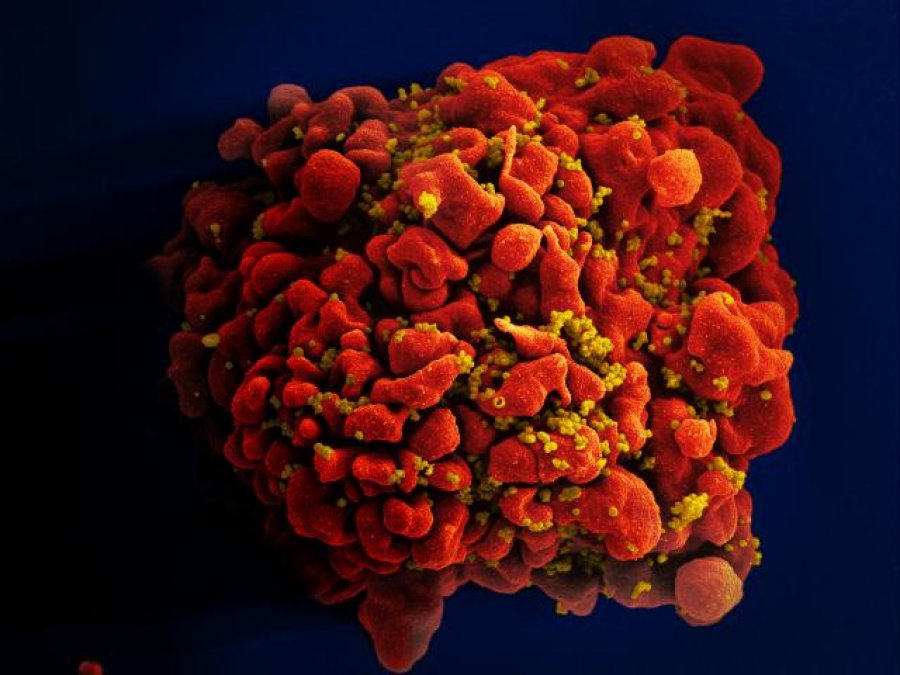The London School of Hygiene and Tropical Medicine (LSHTM) are calling for urgent action to control and treat an unprecedented outbreak of childhood HIV in Pakistan. The outbreak seems to have been caused by inappropriate healthcare provision, and in particular the use of dirty needles. However, further work is urgently needed to identify the causes. The outbreak is unprecedented because of the 30,000 people in the town of Ratodera tested for HIV it was found that it was mostly children who were affected (nearly 800), and most of these children were under the age of 5. This represents a 54% increase on paediatric HIV in thirteen years.
The most extensive HIV outbreak ever in Pakistan
The incredibly alarming report, first published in The Lancet, goes onto state, "Patients and carers have a strong preference for treatment via injections because they perceive oral treatments as less effective". However, according to Professor Rashida Ferrand from LSHTM the rate of infection was only detected due to "client-initiated testing", and so numbers detected are likely to be just the tip of the iceberg. She says, "This is by far the most extensive HIV outbreak ever in Pakistan. Unlike previous outbreaks, it is mainly children that are affected".
Highest rates of unsafe injections
The authors of the report say that most of the children (89%) reported multiple previous injections, usually to treat diarrhoea or chest infections. Dr Fatima Mir from The Aga Khan University in Pakistan and study lead author said: “Pakistan has experienced a series of HIV outbreaks over the past two decades, but we’ve never before seen this many young children infected or so many health facilities involved. Use of syringes and needles is widespread and Pakistan has one of the highest rates of unsafe injections in the world. Health practitioners need to use intravenous treatment only when necessary, use needles only once, and screen blood for infections before using it for transfusions.”
The report has led to the closure of three blood banks, almost 300 clinics, and the Sindh Health Care Commission
Header picture; scanning electron micrograph of an HIV infected H9 T cell 
Credit: NIAD (Courtesy of LSHTM)



